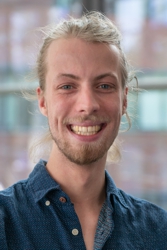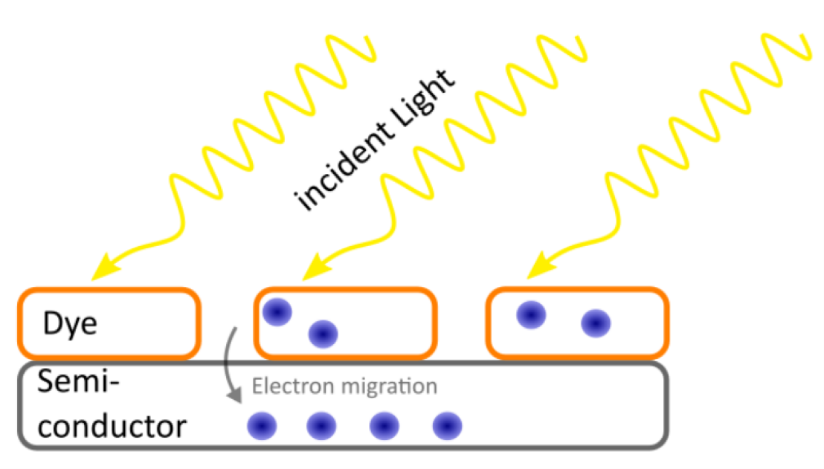The best of two worlds: How organic molecules and 2D semiconductors act together
In my PhD project, we want to investigate charge and energy transfer processes in organic/inorganic heterostructures consisting of molecular layers and two-dimensional, semiconducting transition metal dichalcogenides (TMDs). Specifically, we are investigating the interaction of the dye perylene orange (PO) with the TMD MoSe2. We use the deterministic transfer method to apply the semiconducting materials to a substrate and then vaporize it with the dye. We use time- and spatially-resolved methods such as photoluminescence and Raman spectroscopy to investigate the exciting interactions between the organic layer and the semiconductor. This enables us to achieve a spatial resolution of less than one micrometer and also to examine our samples at temperatures below 10 K. Within the CRC LiMatI, we work together with Prof. Oliver Kühn in project W04, in whose group the interactions in the hybrid system are simulated. There is also close cooperation with Prof. Lochbrunner's group, in which the method for molecule preparation was first developed. Further their group performs time-resolved absorption measurements with femtosecond resolution on this material system.
Figure 1: Scheme of the hybrid interface. The incident light excites electrons in the dye molecules. These electrons can then transfer to the semiconductor layer.
Publications:
“Strong Quenching of Dye Fluorescence in Monomeric Perylene Orange/TMDC Hybrid Structures”
T. Völzer A. Schubert, E. von der Oelsnitz, J. Schröer et al.
Nanoscale Adv. 5(12), 3348-3356 (2023)
Contact

MSc Julian Schröer
Office: 282
Phone: +49 381 498-6906
E-Mail: julian.schroeer(at)uni-rostock(dot)de

